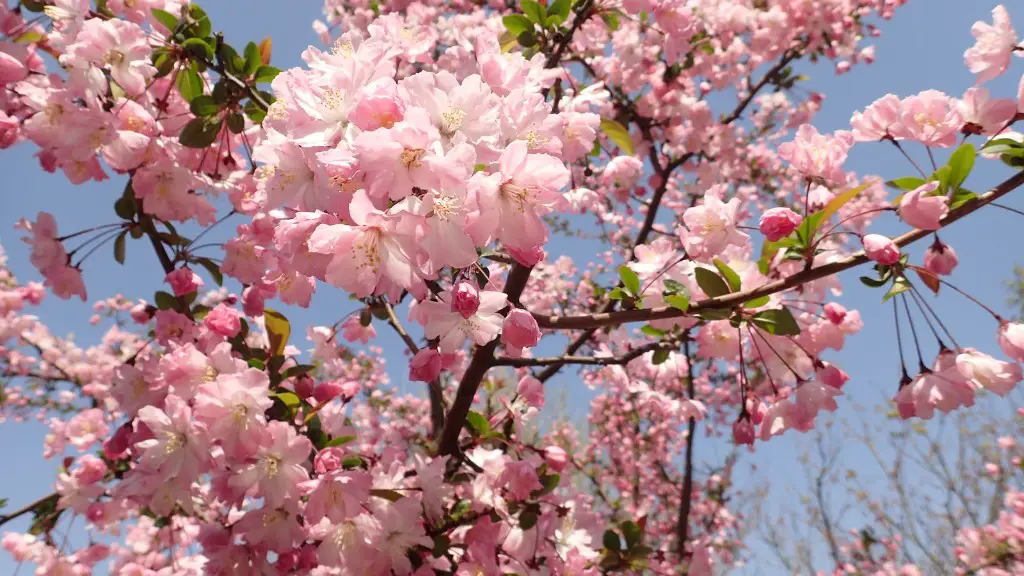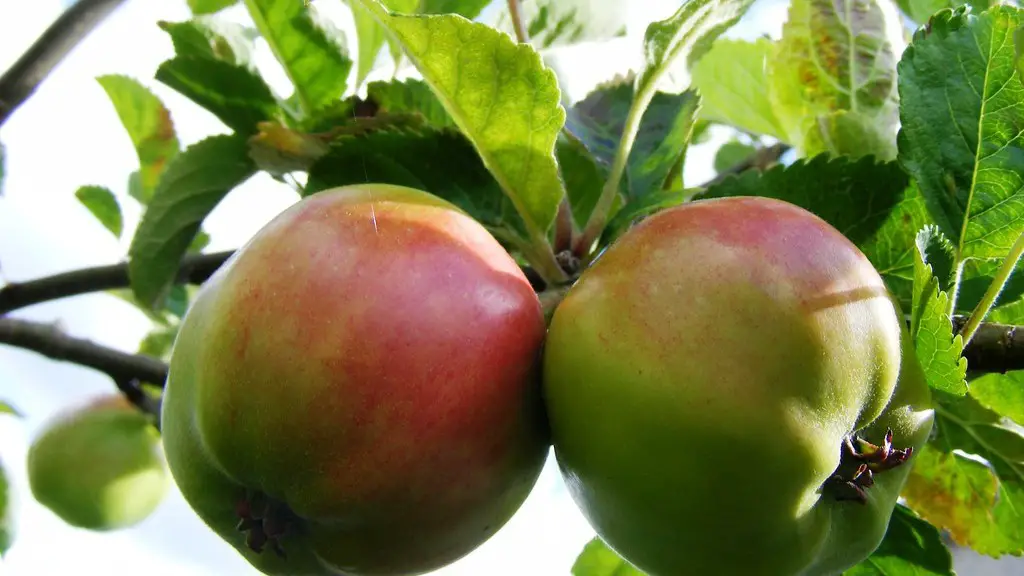Size and Lifespan of a Cherry Tree
Cherry trees have been a staple of agricultural and residential landscaping for centuries, prized for their attractive appearance, deliciously sweet fruits, and overall hardiness. But beyond their aesthetic appeal and fruit production, many people don’t know just how big cherry trees can get.
It’s a question with a nuanced answer. According to Tom DeGomez, a pruning and trimming expert at The Home Depot, the size of a cherry tree depends on the variety and the amount of space it has to grow.
“Some cherry tree varieties, like sweet cherries, tend to stay smaller, growing up to 10 to 25 feet,” DeGomez said. “On the other hand, sour cherry varieties can reach up to 30 to 35 feet in height.”
The size of a cherry tree also depends on its growing conditions. Dissatisfied with the size of their tree, some homeowners may be tempted to give it extra fertilizer to help it grow. But DeGomez says fertilizer is usually unnecessary, and may in fact stunt the tree’s growth if used incorrectly.
“Like all trees, cherry trees will grow faster and reach greater heights if given the right soil and water,” he said. “Adding too much fertilizer could lead to poor root growth and poor production.”
When it comes to lifespan, cherry trees tend to live anywhere from 15 to 30 years, or even longer for some varieties. Ultimately, the best way to ensure your cherry tree reaches its fullest potential is to provide it with regular maintenance.
“As the tree grows, its branches should be periodically pruned to reduce the risk of breakage and disease,” DeGomez said. “This will also encourage a strong and healthy canopy.”
Nursing Your Cherry Tree Through Adolescence
Raising a cherry tree through its teenage years requires some special care. DeGomez recommends that young cherry trees should be slightly staked to prevent them from leaning or toppling over in high wind. He also advises fertilizing them a few times a year with a fertilizer specifically designed for flowering trees.
“Fertilizing young cherry trees will not only help them grow bigger and faster, but it will also provide needed nutrients to give their flowers and fruits a better chance at thriving,” he said.
But DeGomez stressed the importance of not fertilizing cherry trees unnecessarily, as this can harm the root system and leave the tree more vulnerable to disease. “Cherry trees need to be engaged in a balanced diet,” he said.
Preparing for Pests and Diseases
When it comes to pests and diseases, DeGomez advises that cherry trees need to be inspected at least once per growing season for any signs of damage, such as canker sores, aphids, borers, or powdery mildew.
“The earlier a problem is identified, the better the chances are that it can be addressed with proper care,” he said. “Properly caring for your cherry tree can help ensure that it will reach its full size potential and live a long and healthy life.”
If a problem does arise, DeGomez suggests consulting an arborist or master gardener to help identify the cause and recommend the proper treatment. He also recommends pruning away any dead, diseased, or broken branches and thinning the tree’s canopy to allow more sunlight to reach the leaves.
“In the worst cases, it may be necessary to remove the entire tree and replace it with a new one,” DeGomez said.
How Pollination Affects Growth
Cherry trees can also benefit from regular pollination. “Pollination helps plants increase their production of fruits and, as a result, encourages growth,” DeGomez said.
Cherry trees do not require any additional help from humans when it comes to pollination since they are primarily pollinated by bees and other native insects. However, he said that it is still important to create an environment that is attractive to pollinators to ensure the health of the tree.
“Mulching the soil around the tree and planting diverse vegetation nearby are both good strategies for creating an inviting pollinator habitat,” DeGomez said.
Protecting Your Tree from Harsh Weather
Cherry trees thrive in temperate climates and can be damaged by freezing temperatures, strong winds, and heavy ice or snow loads on their branches. DeGomez also recommended protecting young cherry trees with burlap or other protective fabric in the event of a harsh winter.
“Young trees should also be gently trimmed of any damaged branches before the cold weather sets in,” he said. “This will help reduce the amount of stress on the tree by allowing more sunlight to reach the leaves.”
DeGomez noted that mature trees are less prone to damage from harsh winters and often recover quickly if they do sustain any damage.
Conclusion
Cherry trees come in a variety of shapes and sizes, from small dwarf varieties that reach up to 10 feet tall to large varieties that can get up to 35 feet tall. The size of your tree depends on the variety, the space available, and the care you give it. Properly caring for and feeding your cherry tree, as well as protecting it from harsh weather, can help it reach its full size potential and live a long and healthy life.

